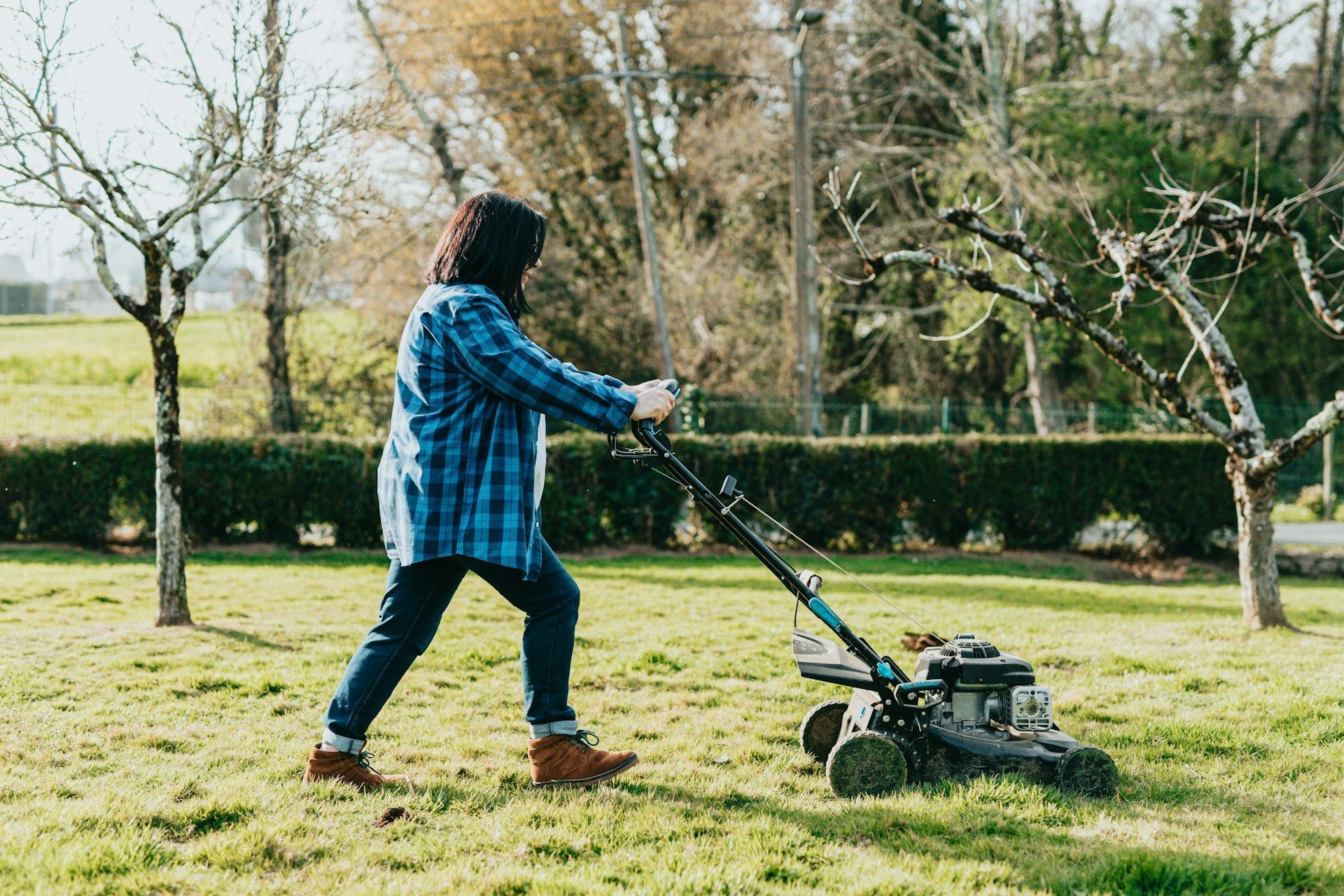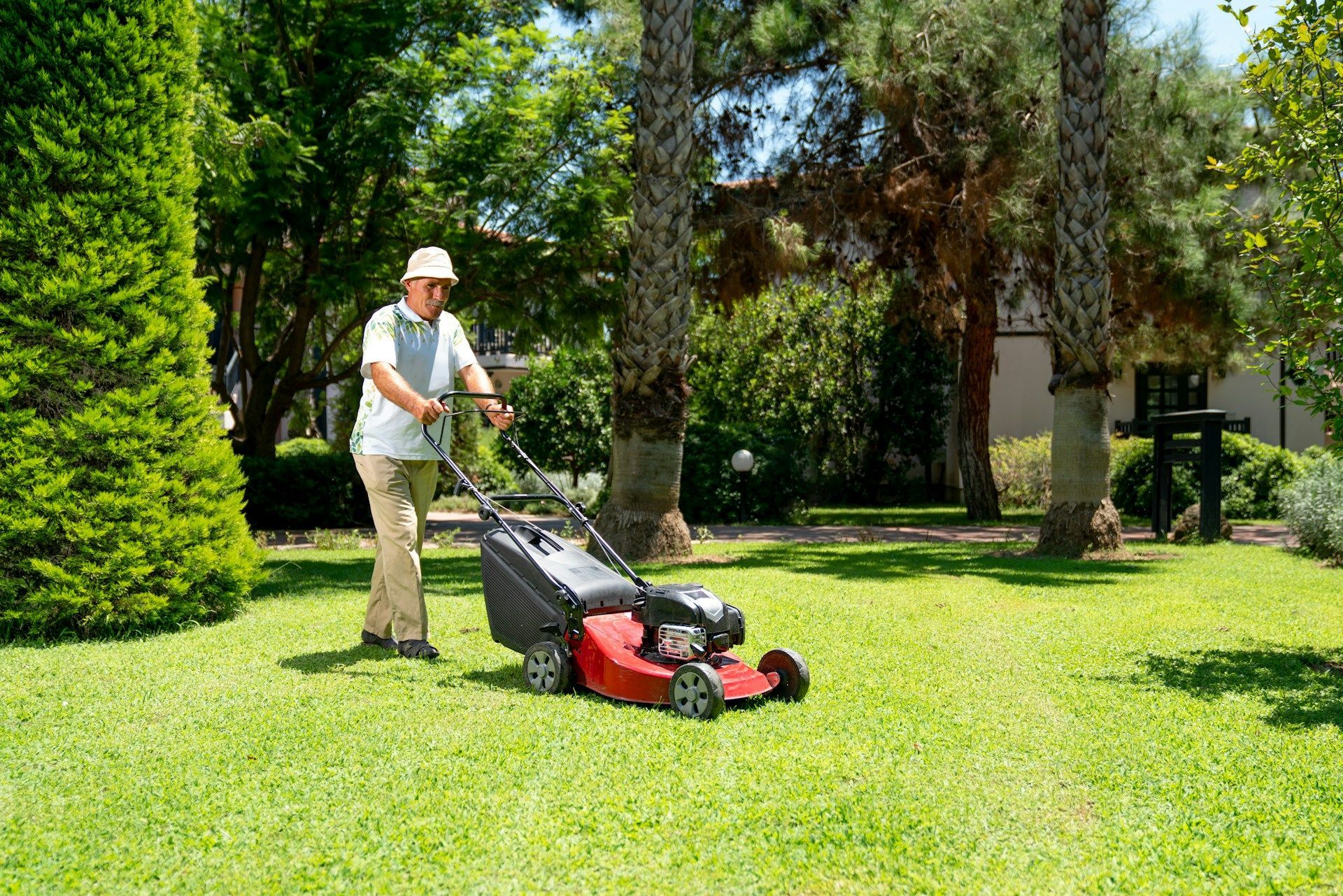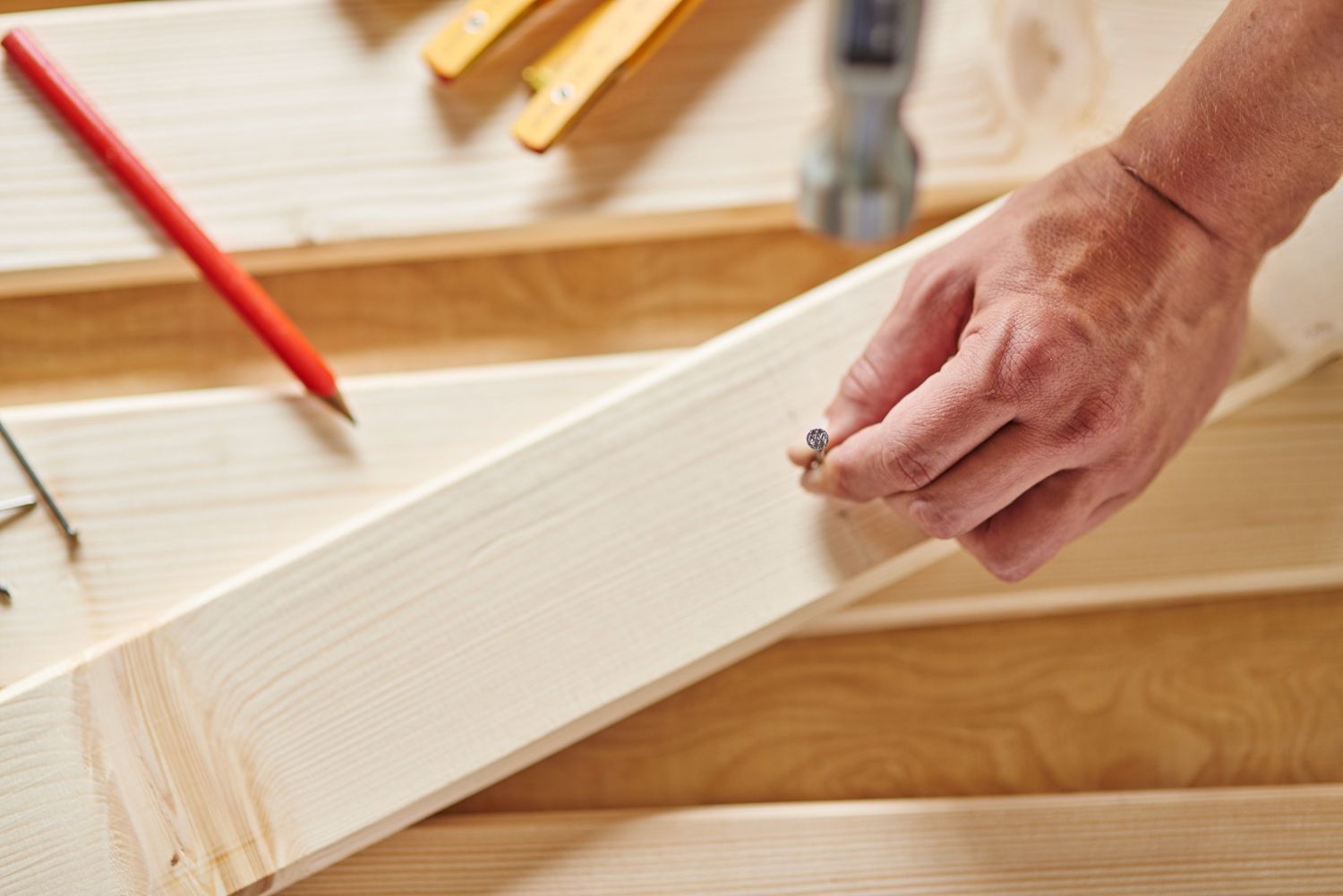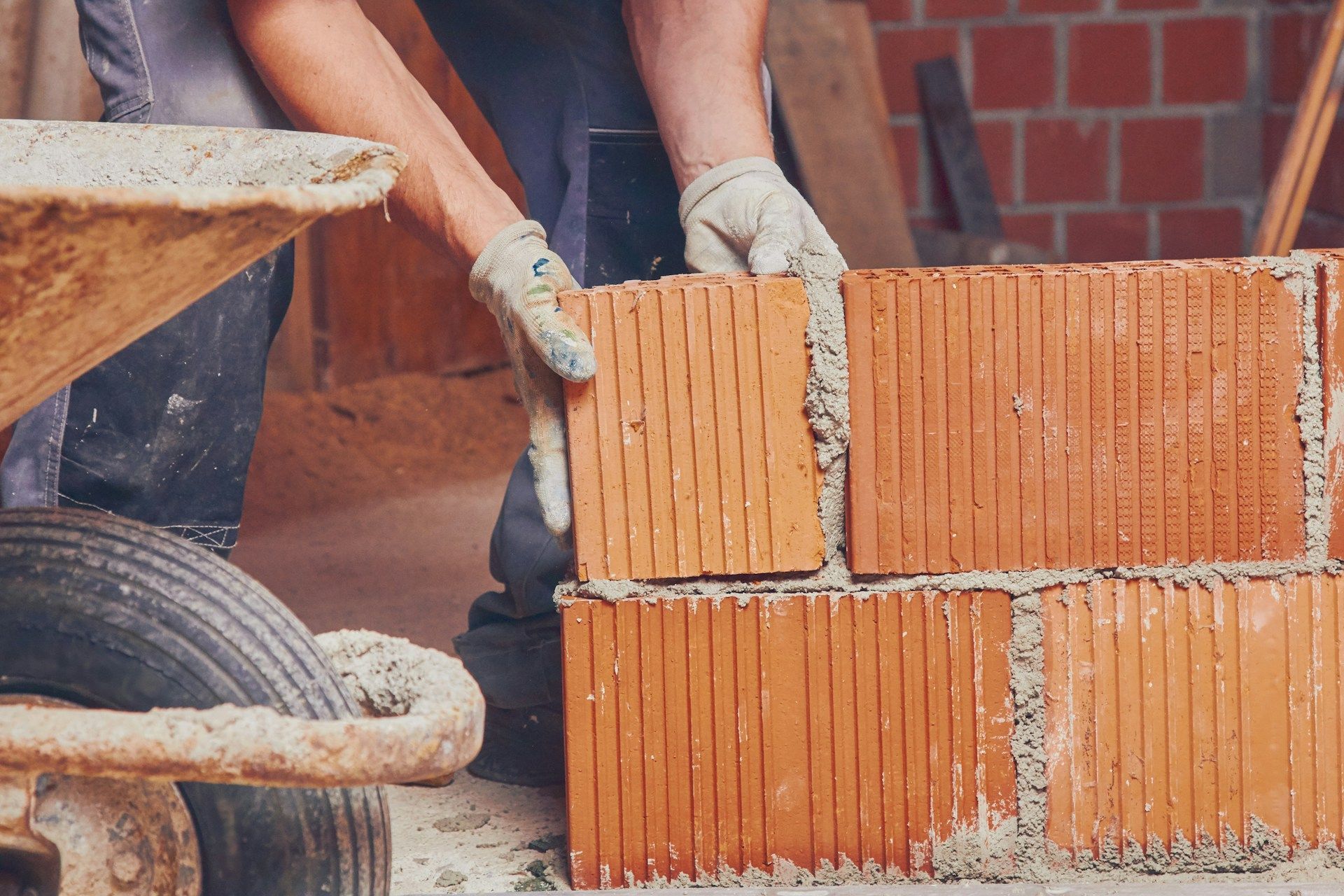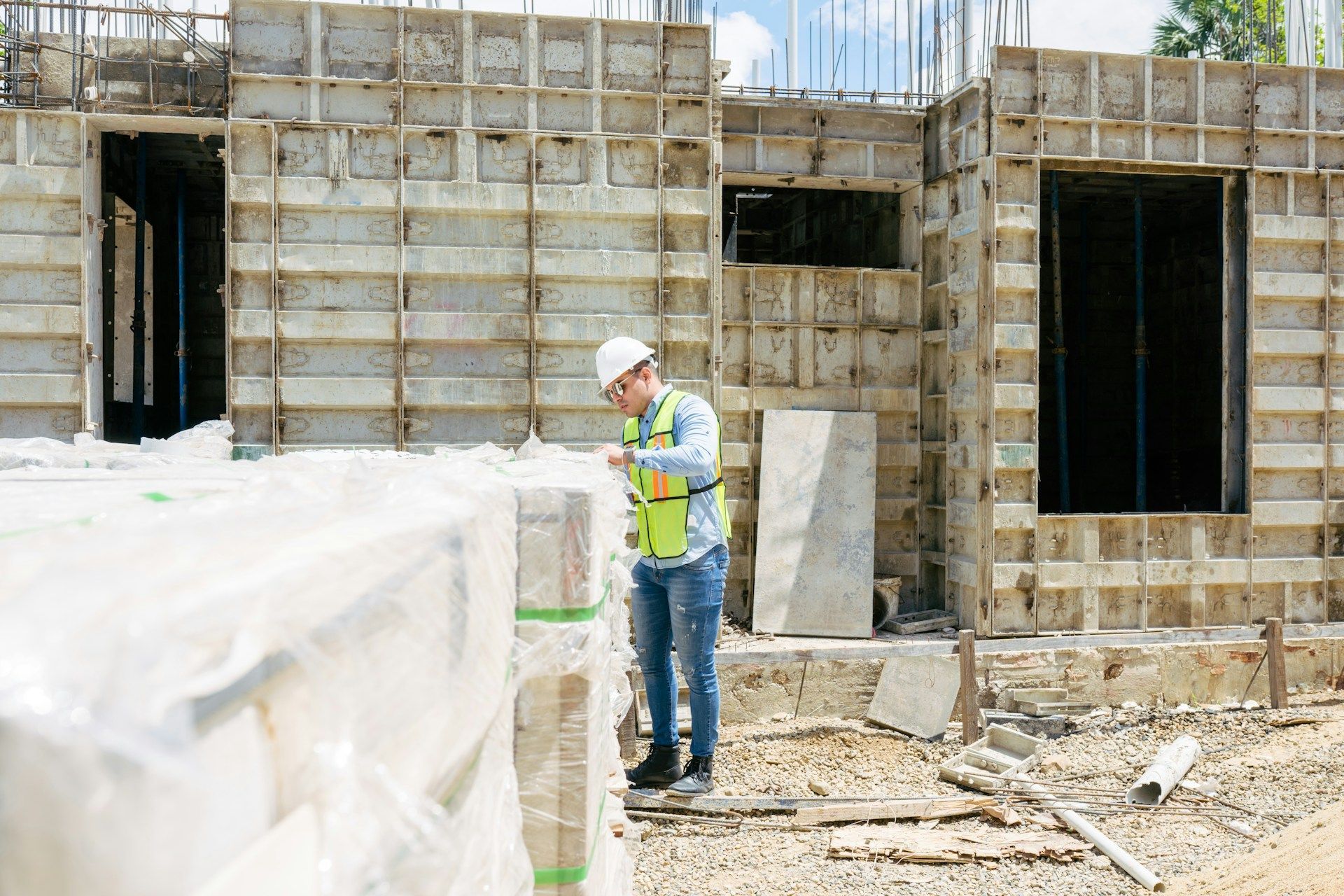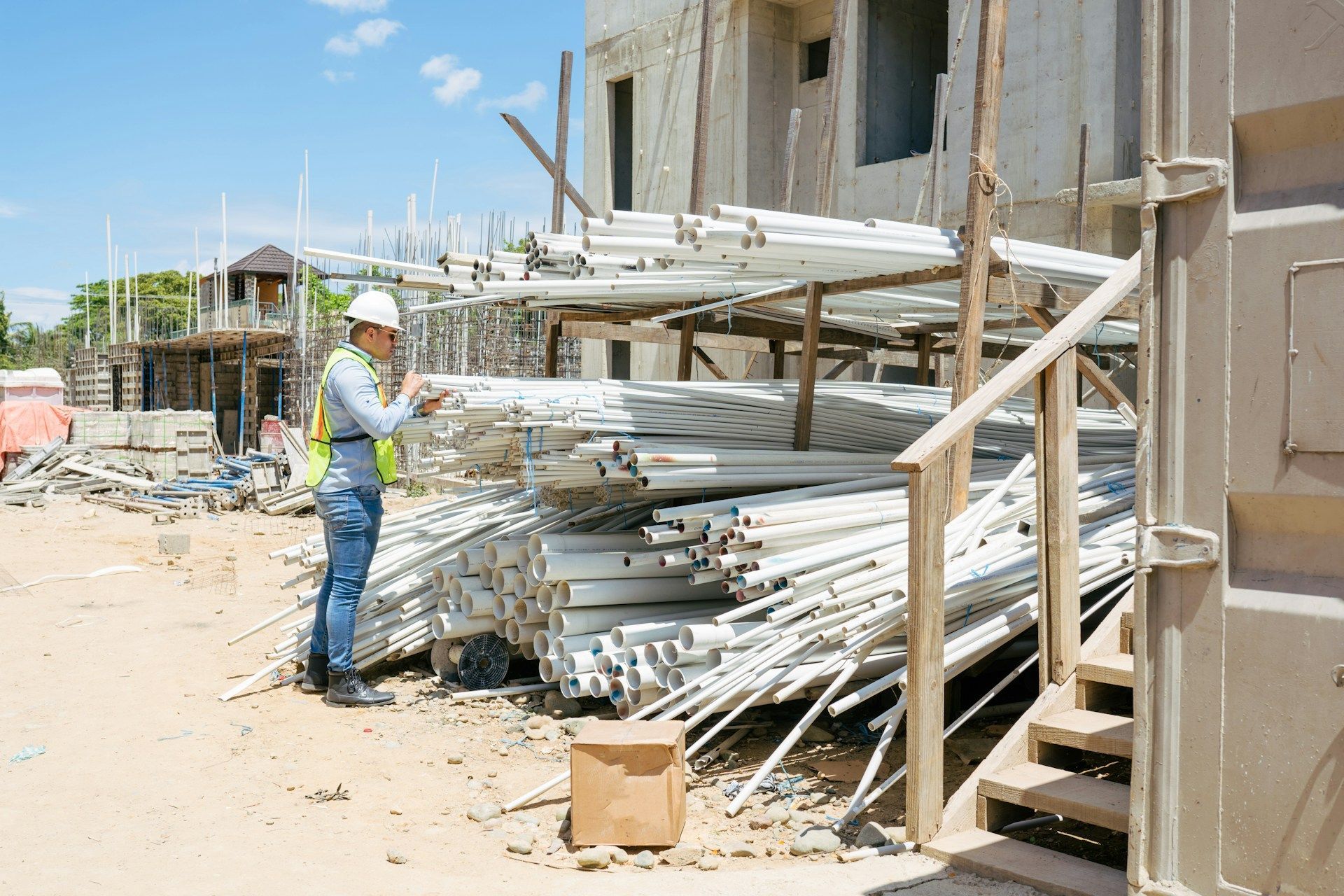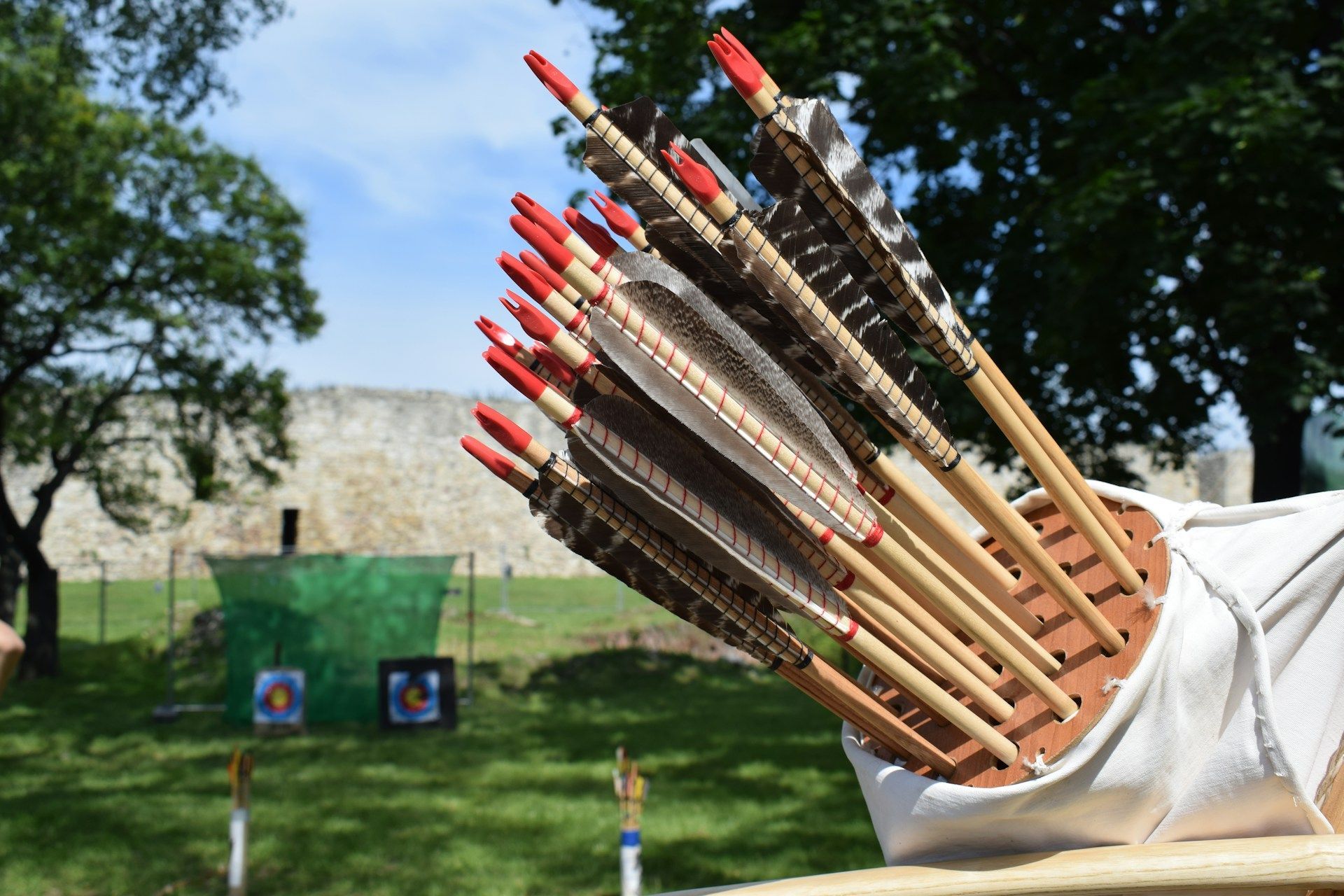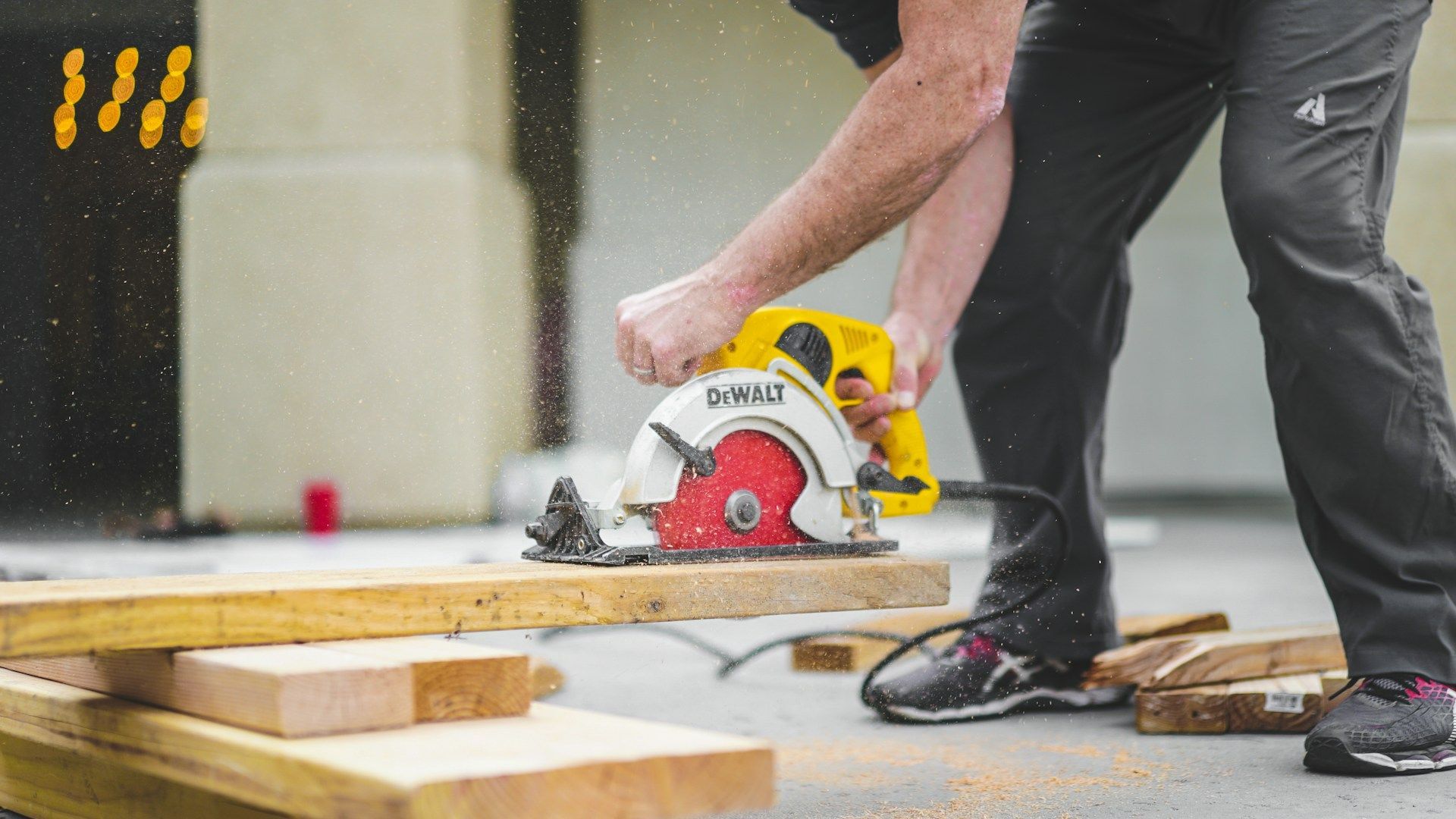Step-by-Step DIY Guide to Garden Landscaping
Many homeowners aspire to have a beautifully landscaped garden where they can relax, entertain, and enjoy nature's beauty. However, starting a landscaping project can seem daunting with seemingly endless choices and decisions to make, from planning and design to plant selection and maintenance.
To help demystify the process, Social Circle Ace Home Center has compiled a comprehensive guide to
DIY garden landscaping. We aim to inspire and inform as you embark on this exciting journey of transforming your outdoor area into a living space that truly reflects your style, purpose, and connection with nature.
Over the coming series, we'll delve into the basics of garden planning, offer guidance on choosing the right plants, equip you with knowledge about
essential garden tools and outdoor furniture, and introduce you to the magic of outdoor lighting. With each article, accompanying our wide selection of products, we aim to provide you with the inspiration and practical information you need to bring your garden dreams to life.
Whether you have a small plot in the city, a suburban yard, or a larger landscape in the countryside, gardening brings countless benefits from physical exercise to a sense of achievement and a deeper connection with nature. Embrace the challenge and join Social Circle Ace Home Center on an adventure to explore, learn, create, and grow your very own garden sanctuary.
Garden Landscaping 101: Planning Your Outdoor Space
1. Assess and Analyze Your Landscape
Begin by assessing your garden's size, shape, topography, and soil type. Take note of sun and shade patterns, wind directions, and existing structures or plants. Analyzing these factors will help you make informed decisions about plant and feature placement, ensuring optimal growth and visual appeal.
2. Define Your Goals and Purpose
Determine your garden's primary purpose. Are you creating a space for relaxation, entertainment, play, or cultivating your own produce? Knowing your goals will help you allocate space and resources efficiently and effectively.
3. Create a Master Plan
Sketch out a master plan, incorporating the key elements you want in your garden, such as patios, walkways, water features, planting beds, and lawn areas. Start with a rough draft and gradually refine your design, ensuring it is both functional and aesthetically pleasing.
Planting With Purpose: Selecting the Right Plants for Your Garden
1. Native and Climate-Suitable Plants
Choose plants that are suited to your local climate and soil conditions. Native plant species often require less maintenance and usually attract beneficial insects and pollinators, creating a healthy, self-sustaining garden ecosystem.
2. Form and Function
Consider the form and function of your chosen plants. Are they providing shade, privacy, ground cover, or beautiful blooms? Aim for a mix of evergreen plants for year-round interest, along with deciduous and flowering plants for seasonal color and texture.
3. Layering and Composition
Create depth and interest by layering plants. Combine trees, shrubs, and perennials in varying heights, textures, and colors. Space plants according to their mature size to avoid overcrowding and ensure healthy growth.
Essential Garden Tools Every Homeowner Should Own
1. Hand Tools
Stock up on essential hand tools like trowels, cultivators, and pruners for planting, weeding, and basic garden maintenance. Opt for ergonomically designed tools with high-quality materials for durability and comfort.
2. Long-Handled Tools
Invest in long-handled tools such as shovels, rakes, and garden forks to make tasks like digging, raking, and turning soil more comfortable and efficient.
3. Watering Equipment
Choose the right watering equipment for your garden, such as hoses with adjustable nozzles, watering cans, or sprinklers, to ensure optimal water distribution and prevent water waste.
4. Tool Storage and Maintenance
Organize and store your garden tools in a dedicated storage shed or garage. Clean, sharpen, and oil them regularly to prolong their lifespan and maintain their effectiveness.
Patio Makeover: Choosing the Perfect Outdoor Furniture for Leisure and Entertainment
1. Define Your Patio's Purpose
Determine the main function of your patio, be it relaxation, dining, or entertainment. This will help guide your choice of outdoor furniture and layout.
2. Assess Your Space
Measure the available space on your patio and consider how the furniture will be positioned and used. Make sure there's ample room to move around comfortably.
3. Choose Quality Materials
Invest in high-quality, durable furniture made from materials designed to withstand the elements, such as teak, wrought iron, or weather-resistant synthetic materials.
4. Comfort and Style
Prioritize comfort when selecting patio furniture. Add cushions, pillows, and throws made from outdoor-friendly materials to enhance your seating experience. Choose furniture styles that complement your home's architecture and overall design.
Embrace the Journey of DIY Garden Landscaping With Social Circle Ace Home Center
With this comprehensive guide to DIY garden landscaping, you are now equipped to create a stunning outdoor living space that is both functional and visually appealing. The knowledge you've gained through careful planning, thoughtful plant selection, practical garden tool usage, and perfect patio furniture will enable you to design and maintain your outdoor sanctuary with confidence.
Looking to upgrade your home? Look no further than Social Circle Ace Home Center! Our wide selection of
home improvement supplies, tools, and building materials will help you get the job done right. Visit us today to see how we can help make your home improvement dreams a reality!

